Hip Arthroscopy Handout
This handout provides information about what to expect and how to care for your hip after an arthroscopy. It is provided as a general guide and does not constitute nor replace specific medical advice. A hip arthroscopy allows examination of the inside of your hip joint using two or more small incisions. A camera is inserted into the joint allowing a variety of surgical procedures to be performed, and your recovery will depend upon the type of procedure you have.
Local Anaesthetic is injected into your hip at the time of surgery and as this wears off, your hip may become more painful. Therefore, the next day it may be more painful than the day of surgery. It is better to use pain control when the pain is commencing rather than waiting until it it too late. Often regular doses of paracetamol (Panadol) will suffice, but if they are not working then you will be prescribed something stronger. Ice is also really effective particularly in the first few days following your surgery. Apply an ice pack to your hip for twenty minutes, 4-5 times a day (after exercises and any longer walks) for the first week post operatively. Thereafter, use ice packs as required. Avoid heat in the first week as this can cause further bleeding and swelling.

Dressings
The small incisions are usually closed with small tapes (and additional dissolving stitch is also used. The wounds are covered with a showerproof plastic dressing and a bandage. The bulky dressings are reduced the day after your operation. leaving the showerproof plastic dressing. Only change this dressing if it has lifted and fluid has oozed out but ideally leave them until your review. You may gently wash around the area with soap and water ONLY after 5 days following your surgery. After a shower, pat the dressing down s You will be informed by your nurse if your surgeon prefers for it to be done differently. Some altered sensation or numbness may occur on the side of the hip as a result of small nerves being damaged during the procedure. This is common and unavoidable; usually this will gradually resolve and the area will get smaller.
Swelling
During the first 3 days it is important to elevate your leg as much as possible. You can then gradually increase your activity guided by pain and swelling over the next week or so. Protect your hip for the first two weeks by using crutches and avoiding twisting movements. Also heavy loading and impact.
Review
You should have an appointment made 1-3 weeks following your surgery.
Driving
You can generally drive after the first two weeks, however this may be longer if your surgeon wishes to protect the hip for a longer period.
Activities
Unless otherwise instructed you can take up to 50%weight on your leg as comfortable. You should keep using the crutches until your review. You will be given specific instructions should you need to use crutches for a longer period of time.
To negotiate steps and stairs
UP – good leg first, then operated leg then crutches (if used)
DOWN – crutches first (if used), operated leg, good leg.
Time off work depends upon the type of procedure and the job that you do. Most patients return to sedentary work after a week or two. Manual workers may require 3-4 months off work. As general rule you can return to gentle low impact exercise after 2 weeks (exercise bike, walking) and more vigorous activities from 8-12 weeks. Swimming and hydrotherapy can commence once the wounds are well healed.
Flying
It is always preferable to wait 6 weeks to fly following any lower limb surgery. Short local or interstate flights are probably ok, but the risk of blood clots is greater than normal. Discuss any planned post operative flights with your surgeon, as there may be special precautions that may be considered on individual basis.
Medication
You will be provided with medication upon your departure from hospital. Follow the instructions as described to you by your nurse. As a general rule, your medication requirements should continue to decrease over the early post operative period.
Remember if you are using codeine based products that constipation can be an issue so keep up the water and a fibre based product such as Coloxyl can be of assistance.
Physiotherapy
You will be seen by a physiotherapist whilst in hospital at the request of your surgeon (for uninsured patients there will be a small fee for this) to ensure your recovery is a quick as possible. Exercises and advice will be given to help get you going. Generally you will commence further physiotherapy visits, after your post operative review. Following is an exercise program designed by the Physiotherapy team to help get you going. Please attempt the exercises in the days following your operation and gradually increase the amount as your hip allows. Don’t push too hard or you will irritate the hip; see how it recovers before increasing the amount of exercise or activity you do. Too much is as bad as not enough! Please call the Physiotherapist on 9815 2555 if you have any queries.
Clicking
This is common during the recovery phase and shouldn’t be painful. It usually relates to poor muscle control and usually settles with gradual strengthening and rehabilitation.
Complications
Arthroscopy is generally a very safe procedure and complications are uncommon, however despite the highest surgical standards and precautions they can occur. Potential serious problems include infection and calf vein thrombosis (blood clots).
An onset of fevers or sweats, or increasing redness and discharge from or around the wound can indicate that an infection is present. Please call if this occurs.
If you experience fevers, persistent swelling or bleeding or pain in the calf you should call the ward or contact your surgeon or attend to your GP or nearest hospital emergency department.
EXERCISES
The following exercises help to maintain circulation, strength and flexibility whilst you are recovering from the operation. They will suffice until you have your review when you should be ready to progress to higher levels of activity such as the exercise bike and walking. Try to perform them 2-3 times a day, starting on the day of your operation.
Ankle pumps:
Move your feet up and down from the ankles for 30 seconds.

Quads exercises:
Quads and Buttock tightening: Push the back of your knee down toward the bed, locking your knee fully straight, by tightening your thigh muscles (quads). Hold for 3 seconds. Repeat 10 times.
Squeeze Buttocks together, hold for 3 seconds. Repeat 10 times.

Knee bending:
Lying: Gently bend your knee, sliding your foot toward your
bottom. Use your hands to assist if necessary. Repeat 10 times.

Core
Lie on your back with your knees bent and your lower back in neutral position (slightly arched).
Exhale slowly, then pull in your stomach, as if you were trying to touch your backbone with your stomach. Hold 3 sec, repeat 10 times.
If any of these exercises cause significant pain, please contact your physiotherapist or surgeon.The advice contained in this handout is appropriate for the first week after your operation, however the average recovery from hip arthroscopy takes 12 weeks. Further physiotherapy to reduce swelling, regain range of motion and strength, and prepare for return to work or sport, is often required. Glenferrie Sports and Spinal Clinic is located within Glenferrie Private Hospital and The Hawthorn Aquatic and Leisure Centre, specialises in orthopaedic surgery rehabilitation. We work closely with the surgeons who performed your operation.
It is usually possible to arrange a physiotherapy review to follow immediately after your review with your surgeon. Call our office on 9815 2555 if you would like to book an appointment.
Why Us?
20+
years
practicing physiotherapy
50,000+
patients
were treated in our clinics
Public and
Private
hospital trained therapists
Individualized
Treatments
for each of our clients
Who we have worked with



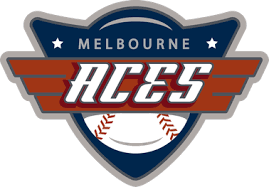


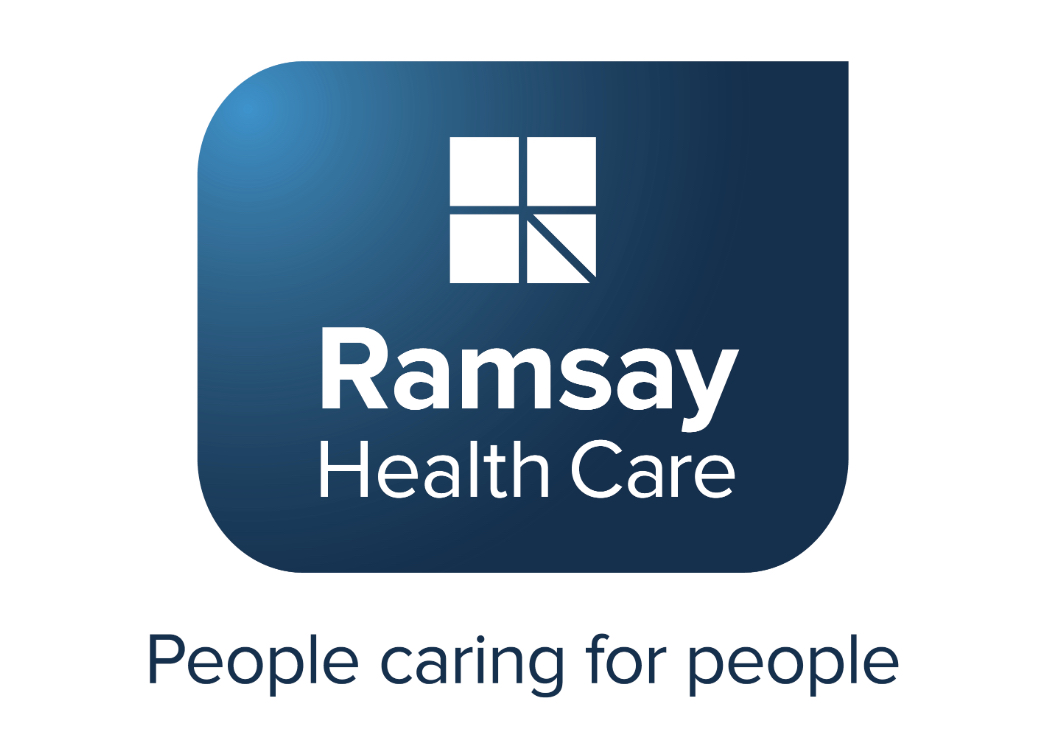
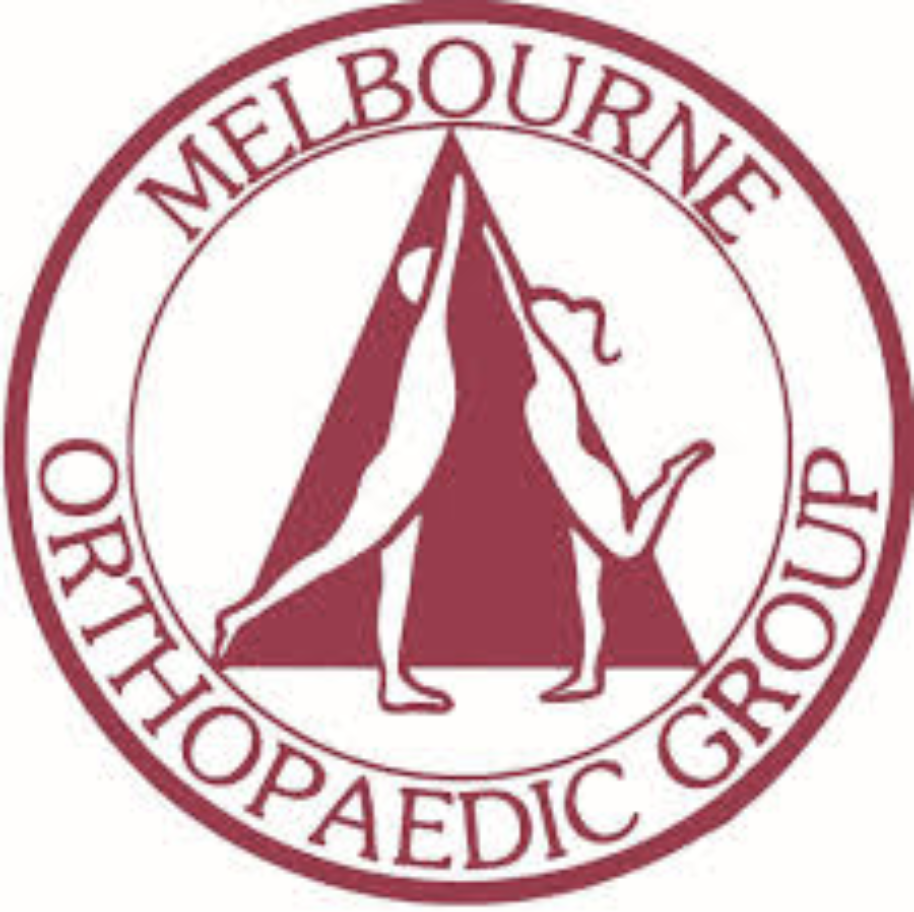
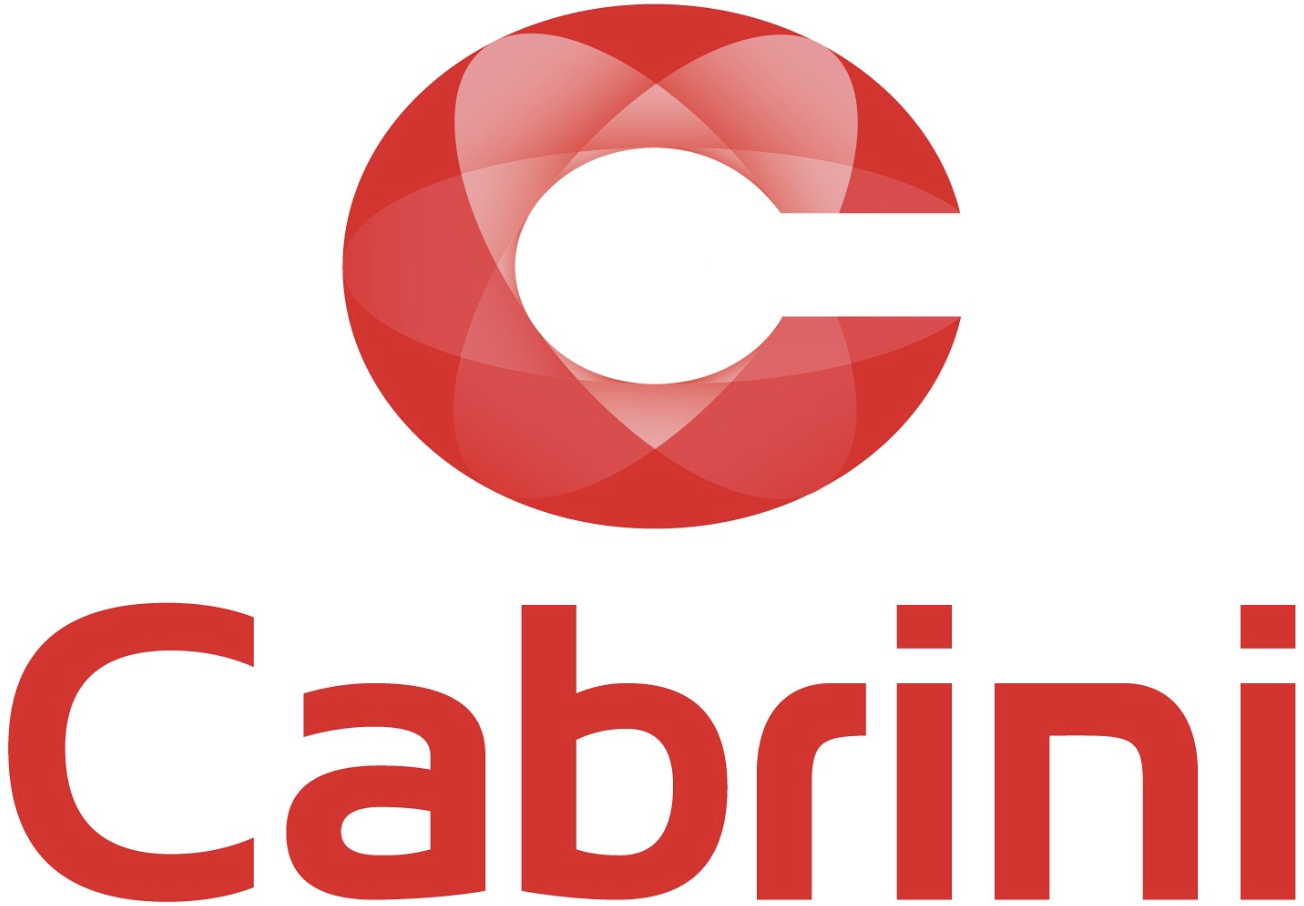



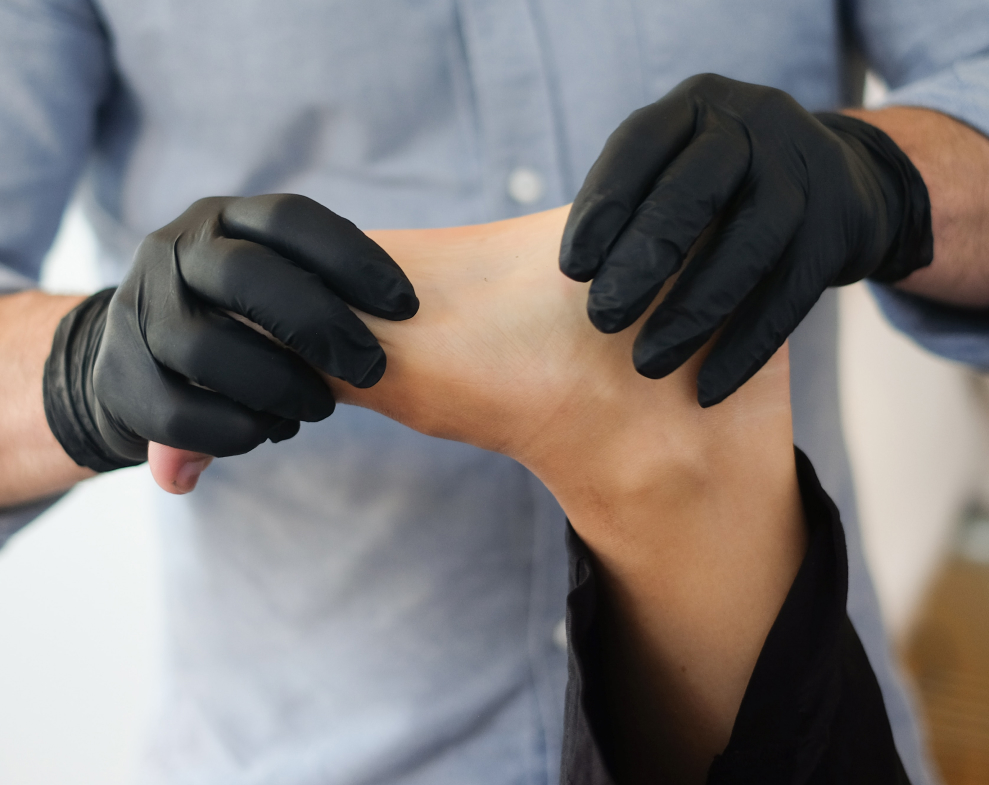
Contact Us
Fell free to contact us any time.
We will get back to you as soon as we can!
